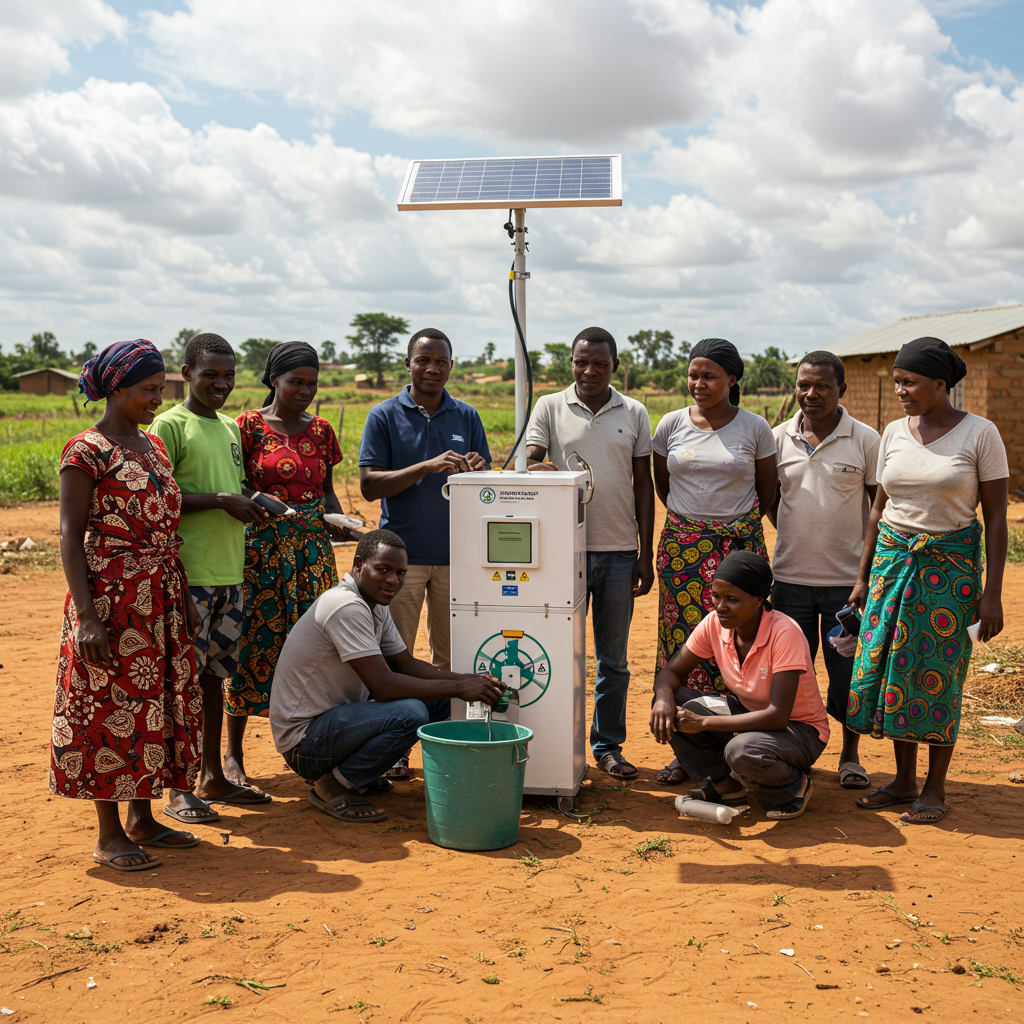Innovation often conjures images of Silicon Valley labs and multi-million dollar investments. But a powerful wave of ingenuity is emerging from resource-constrained environments, proving that groundbreaking solutions don’t require vast budgets. This is the world of “frugal innovation” – a mindset and practice focused on creating affordable, accessible, and sustainable technology using minimal resources.
Driven by necessity and a deep understanding of local challenges, these innovators are developing ingenious solutions that address real-world problems for millions, particularly at the “bottom of the pyramid” in emerging markets across Asia and Africa.
From Potter’s Son to Award-Winning Innovator: The MittiCool Story
One compelling example is Mansukh Prajapati from Morbi, India. Growing up, his childhood was defined by the rhythmic work of his potter father and early morning walks to collect clay. Clay pots were essential household items, used for keeping water cool – essentially the “poor people’s fridge” of the time. Yet, pottery offered meager income and carried social stigma.
A turning point came for Mr. Prajapati during the devastating 2001 Gujarat earthquake. Amidst the destruction of his home, a pile of smashed clay pots led a local reporter to write, “the poor people’s fridge is broken.” This simple phrase ignited an idea: create a fridge entirely from clay that didn’t need electricity.
Despite lacking formal training and facing immense financial pressure, including accumulating $22,000 in loans and selling his home, Prajapati persevered. After four years of experimentation, he perfected the “MittiCool” fridge. This simple clay cabinet uses the principle of evaporative cooling: water in an upper tank trickles down the porous clay walls, naturally cooling the interior. The MittiCool can keep fruits and vegetables fresh for days without any power. Priced affordably at $95, it has made refrigeration accessible to families who could never afford a conventional model. MittiCool is now sold across India and exported internationally, employing 150 people and expanding into related products like cookware, demonstrating the economic ripple effect of such innovations.
What is Frugal Innovation?
Professor Anil Gupta, who champions these grassroots ventures through the Honeybee Network, defines frugal innovation as a mindset: “making solutions affordable, accessible, and available.” It’s about maximizing output with minimal inputs, often repurposing existing materials and leveraging local skills.
Born in resource-scarce settings, this approach aligns perfectly with the goal of accessing new markets in developing regions and contributing to sustainable development goals. It’s about focusing on core needs and delivering functional, cost-effective solutions tailored to specific user expectations.
Innovation from Lotus Stems to Smart Sticks
The spirit of frugal innovation is echoed in many other ventures:
Lotus Fiber Yarn (India): In Manipur, botanist Bijayshanti Tongbram found purpose in discarded lotus stems from Loktak lake. While petals were used for offerings, stems were wasted. She developed a method to extract silk-like fibers, creating a sustainable textile business. Her team of 30 village women spins the fibers into yarn and weaves unique scarves, providing them with vital income and an alternative to traditional work like fishing. Each scarf requires an incredible 9,000 stems, taking two months to produce, highlighting the labor and resourcefulness involved.
Smart Farming Stick (India): In Karnataka, Girish Badragond is developing a device to empower blind and partially-sighted farmers. His “smart farming stick” uses soil sensors and weather data, delivering guidance on crop conditions and harvests via audio messages and vibrations. Assembled from sourced parts, this prototype aims to provide independence and reliable assistance where trust in human guidance might be lacking.
Solar Access (Kenya & Global): M-KOPA in Kenya offers solar home systems on flexible mobile payment plans, bringing clean energy to off-grid households and displacing harmful kerosene. Schneider Electric’s BipBop program similarly provides affordable solar products like portable lanterns and home systems globally.
Mini-Refrigeration (India): The ChotuKool refrigerator, another Indian innovation, is a small, ultra-low-cost, energy-efficient fridge designed for rural homes with limited power access, even fostering micro-businesses.
Biogas Solutions (Côte d’Ivoire): Noël N’guessan’s KubeKo biogas plant allows small farmers to convert agricultural waste into cooking gas and compost, promoting sustainability and self-sufficiency.
These diverse examples share a common thread: identifying critical needs in underserved communities and devising clever, low-cost solutions that leverage available resources.
Drivers, Benefits, and the Roadblocks Ahead
Frugal innovation is propelled by economic realities like the need to serve low-income markets and overcome financial constraints. Technological advancements, particularly the accessibility of digital tools and data, also enable new approaches. Crucially, the growing global focus on sustainability finds a natural ally in frugal methods, which often reduce resource consumption.
The benefits are significant: reduced production costs, development of products perfectly suited to local needs, access to vast emerging markets, and profound social impact by improving lives, creating jobs, and empowering communities. Environmentally, it promotes efficiency and reduced waste.
However, this path is fraught with challenges. While lack of upfront capital is a hurdle, other significant barriers exist. Research highlights issues like:
Access to Finance: Beyond initial funding, rural entrepreneurs struggle to access government schemes or attract venture capital, which often focuses on high-tech ventures with faster, higher returns. The perceived high transaction costs deter many investors.
Government & Market Ecosystem: Innovators can face complex and rigid regulations, bureaucratic hurdles, and a general lack of government support tailored to their unique needs. Market challenges include resistance to new models from traditional mindsets and shortcomings in support systems like incubation centers.
Internal Challenges: Even within startups, issues like mismanagement, lack of employee readiness for new methods, insufficient training, and resistance to change can hinder progress.
Importantly, studies suggest that the perception of high financial requirements for innovation and investor demand for quick ROI can be greater psychological and practical barriers than just the absolute lack of funds.
Building the Future Through Co-Creation
Despite these obstacles, the ecosystem supporting frugal innovation is growing. Networks like Honeybee provide crucial platforms. Even global corporations like IBM are embracing the philosophy, with their research lab in Kenya explicitly focusing on “creating solutions in the face of nothing” using locally available, sometimes primitive, inputs to solve problems like traffic congestion and emergency response via mobile technology. This points towards a future of “co-creation,” where global expertise meets local ingenuity.
Ultimately, frugal innovation is far more than just making things cheap. It’s a powerful strategy for resilience, sustainability, and inclusive growth. By focusing on solving real problems with creativity and constraint, these innovators are not just building businesses; they are transforming lives and shaping the future of technology from the ground up.
References
- https://ca.news.yahoo.com/frugal-tech-start-ups-working-230308406.html
- https://www.emerald.com/insight/content/doi/10.1108/inmr-11-2020-0171/full/html
- https://www.eura-ag.com/en/blog/innovation-on-a-small-budget-what-frugal-approaches-can-achieve
- https://www.gsb.stanford.edu/insights/ibms-frugal-innovation-takes-root-africa
- https://parcelpath.com/frugal-innovation/




